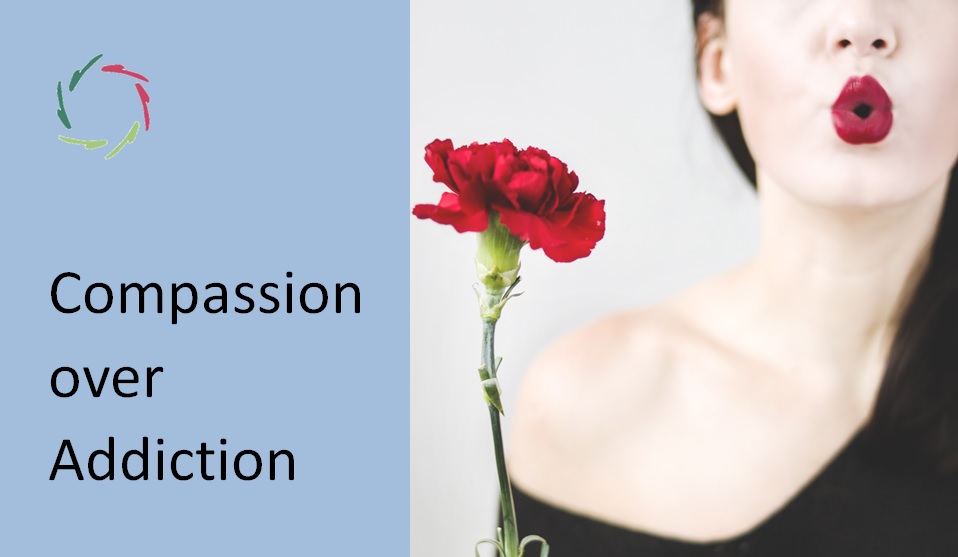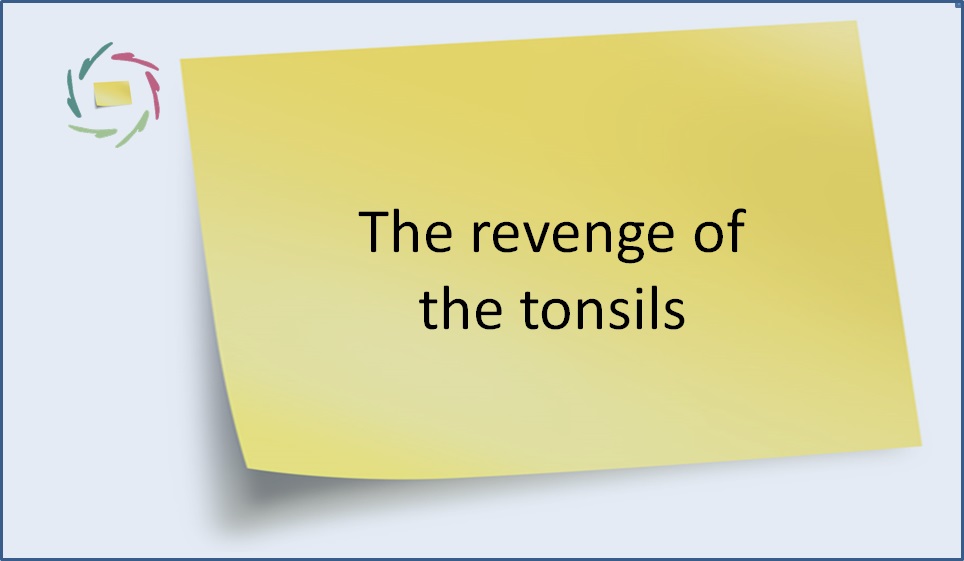How Active is Placebo?

This is mainly an excerpt from my book ‘Your Mind as Cure.’ [see: “Your Mind As Cure“] At present, this is important especially in the issue of COVID vaccinations.
Placebo on pain
F.J. Evans [Evans, 1974] studied 22 published scientific studies in which the effect of a painkiller was compared to placebo. He reached extraordinary results: The impact of the placebo strongly varied with the power of the painkiller studied. Over the whole spectrum from weak to powerful painkillers (from aspirin to morphine injections), to everyone’s surprise, the placebo always kept 55 to 60% of the power of the active product!
This was more than the then generally accepted placebo working of 30%.
Placebo on antidepressants
In other studies, Evans also found that placebos had 59% of the effectiveness of antidepressants (meta-analysis of 93 studies from before 1985). Later antidepressants are regarded as not much more effective than previous ones. Moreover, in those studies (and as today still in most studies) active placebos (placebos with particular side-effects) were hardly ever used, although they generally show even higher activity than placebos without any side-effects.
Meanwhile, researchers (Irving Kirsch being one of the most important) found much higher effects for the placebo side of antidepressants. I let the science speak on this directly: https://www.ncbi.nlm.nih.gov/pmc/articles/PMC4172306/, quote: “Even the small statistical difference between antidepressants and placebos may be an enhanced placebo effect, due to the fact that most patients and doctors in clinical trials successfully break blind.”
Fluctuations
It has now become clear that the placebo-effect can heavily fluctuate, depending on the method of administering medicine and even on subtle variations in presentation.
In this respect, capsules with colored dots turn out to be more placebo-effective than colored tablets, which in turn are more effective than white tablets with bands, which are more effective than round white pills. Intravenous injections of the same medication are more potent than intra-muscular ones; intra-muscular injections are more effective than oral administration. Two placebo-pills often score better than one. Bitter pills have more effect than tasteless pills. And so on.
High expectations
The largest placebo-effect is seen to occur – logically – where the expectations are highest. In clinical reports of treatments that were generally accepted, but of which the only working was shown afterward to be placebogenic, very large placebo-effects are to be found. This way, a substantial improvement was established in 82% (!) of the patients treated for angina pectoris with medication that later turned out to be ineffective [Benson et al., 1979].
As a matter of fact, expectations (and placebo) are heightened by surgery. In ‘Your Mind as Cure,’ you find several examples. one of these, arthroscopic partial meniscectomy (APM), is about one of the most common orthopedic operations, with an incidence that has increased steadily from the 1990s until the late 2010s. Several recent meta-analyses based on randomized controlled trials (RCTs) have failed to show a treatment-benefit of APM over conservative treatment or placebo surgery for these patients [Sihvonen et al., 2018]. Another example is about patients with osteoarthritis of the knee. [see: “A Tale of Placebo: Arthritis of the Knee“]
As long as it works
The process of a new treatment (e.g., for angina pectoris or rheumatism) shows a frequently recurring pattern that gives a good illustration of the placebo-effect. Immediately after its launch onto the market, the optimism is huge. With most of the patients (with an average of 70 to 90% effectiveness, for example, in the domain of painkilling) a positive effect is then perceived. After that, ‘skeptics’ conduct better-controlled studies under circumstances that minimize the placebo effect. These studies show that the new therapy does not score better than a placebo (on average 30 to 40% effectiveness). Afterward, the effectiveness of the medicine will slightly rise so that the final effectiveness is somewhat higher than that of a pure placebo. Already at the end of the 19th century, this pattern of initial but short-lasting effectiveness was recognized by the French physician Armand Trousseau; his advice was ‘to cure as many patients as possible, as long as the new medicine still has the power to heal.’
Why is this important to COVID vaccinations?
I have thought and written about the possible role of a ‘social nocebo’ effect in the COVID happening that is still befalling us with many weird issues that don’t make much sense from a purely conceptual standpoint. You can find my scientific exposé about this on ResearchGate: The Role of Social Nocebo in COVID-19.
If there is ‘social nocebo, ‘ there can also be a socially induced placebo effect, as what this blog text is about. At present, it is too soon to make further concrete conjectures in relation to COVID vaccinations in real-life. The vaccination studies until now show little useful data, but these are pointing to a possibly huge placebo phenomenon.
What if the placebo loses its strength without any safety net in real-life? One can think of many situations in which this becomes possible. The situation is dangerous and should be profoundly investigated… but it is not.
Veil or no veil
Does one need a placebo veil to take advantage of its power? In my view, certainly not. But that requires a profound way of looking at, eventually, humanity itself. Present-day humanism is not helpful in this, quite the contrary [see: “Humanism with a Vengeance“]. That’s a pity and also extremely dangerous in this regard as in many others. We live in a collective illusion with the potential of a future dystopia. Some would say we’re already there. Openly looking at the world, I cannot fully disagree.
There is hope, but it is challenging. [see: “The Importance of ‘Certainty’“]
References
[Benson et al., 1979] Benson, H., D.P. McCallie Jr., ‘Angina pectoris and the placebo effect,’ in: New England J. of Medicine, 1979 (300):1424-1429.
[Evans, 1974] Evans, F.J., ‘The placebo response in pain reduction,’ in: J.J. Bonica (ed.), Pain, Raven Press, New York 1974.
[Sihvonen et al., 2018] Sihvonen R, Paavola M, Malmivaara A, et al. Arthroscopic partial meniscectomy versus placebo surgery for a degenerative meniscus tear: a 2-year follow-up of the randomised controlled trial. Ann Rheum Dis. 2018;77(2):188–195.


